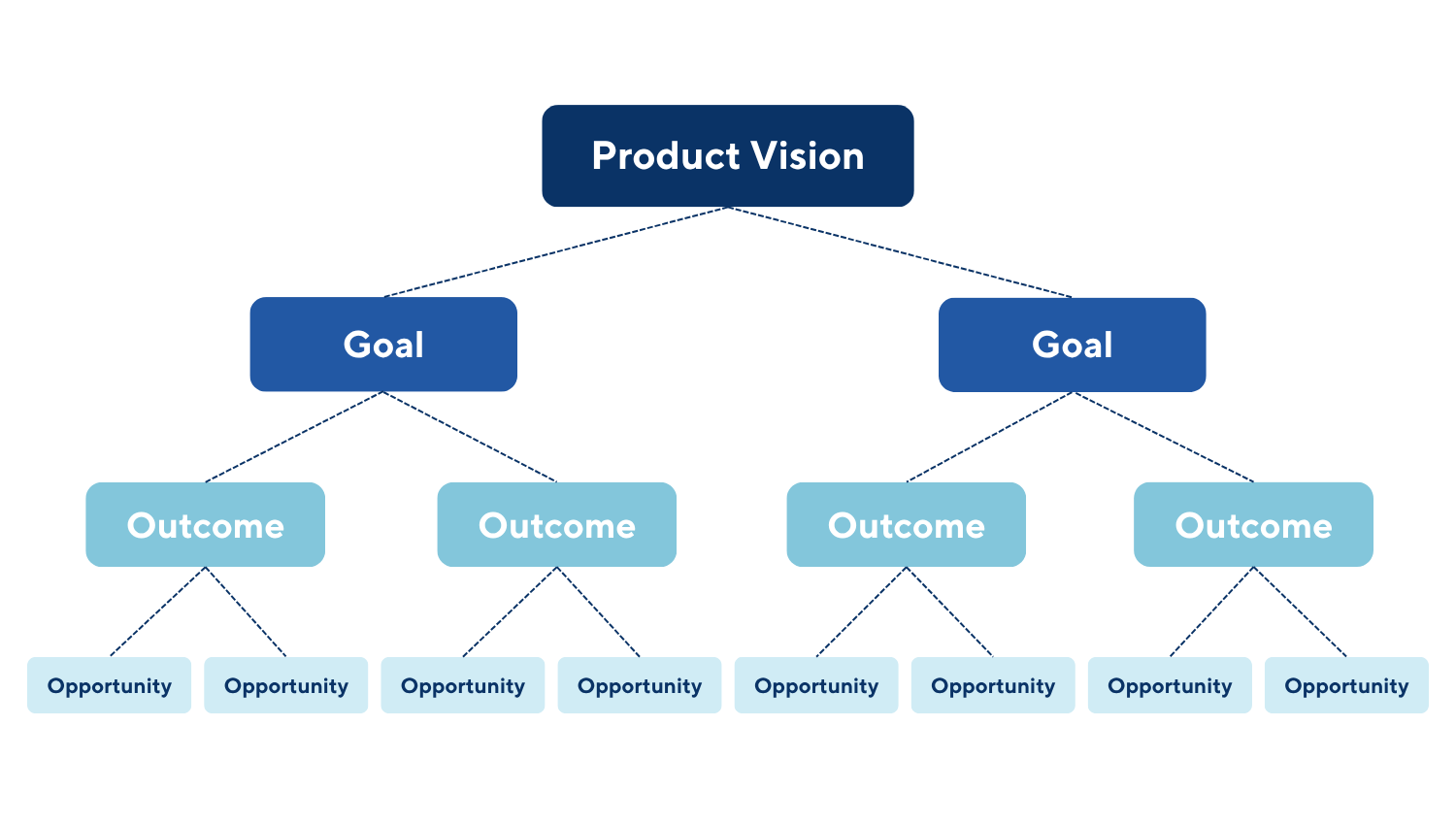7 Steps to Optimize Your Content for Featured Snippets
Are you wondering how to optimize your content for featured snippets? If so, you're in the right place! The post 7 Steps to Optimize Your Content for Featured Snippets appeared first on Scoop.it Blog.


Are you wondering how to optimize your content for featured snippets? If so, you’re in the right place!
Featured snippets are one of the best ways for content creators and marketers to dominate search results for their keywords and phrases. Put plainly, featured snippets appear at the top of Google searches, so it allows brands to reach their target audience without actually ranking in the top ten search results.
People like featured snippets because they’re convenient and allow people to quickly get answers to their questions. If someone ends up seeing your brand name in the featured snippets, there’s a good chance they’ll visit your website and engage with your business further.
With this in mind, getting a featured snippet increases your visibility and also helps you build your reputation in the industry.
Despite the clear advantages, many marketers still aren’t sure how to optimize their content for those coveted spots.
The truth is, getting a featured snippet might be easier than you think. Today, I’ll share seven actionable steps to help you improve your chances of getting your content featured.
Let’s dive in!
1. Do targeted keyword research
The very first thing you need to do before you can start ranking is keyword research. You need to understand what users are asking so that you may craft content that not only aligns with what they’re asking but provides a valuable, concise answer.
I’ve found that question-based queries are particularly useful because snippets generally respond to questions starting with “how,” “what,” “why,” and “when.”
Resources like AnswerThePublic or Google Autocomplete can help you reveal frequently asked questions in your niche, and a tool like LowFruits can help you analyze opportunities to rank for specific questions in your industry.
For example, a gardening blog might discover high-volume queries like “How to grow tomatoes indoors” or “What’s the best soil for succulents.” From there, analyze existing featured snippets for these queries. Are they clear, helpful, or detailed? Is there an opportunity for you to step in with a better answer?
If so, jump in and write an article that answers this question!
By prioritizing long-tail keywords and creating thoughtful, valuable content that addresses the needs of your audience, you dramatically improve your chances of ranking for a featured snippet. There’s a good reason 71% of people claim strategically choosing keywords is their top SEO strategy!
Here’s a great way to illustrate long-tail keywords from SEMrush:
2. Understand Different Types of Featured Snippets
It’s worth mentioning that there are actually a ton of different types of featured snippets. Google generally presents information in different formats to give quick and appropriate answers: paragraphs, lists, tables, and videos, like pre-recorded webinars, are some of the most popular.
Knowing which of the types applies to your content is very important.
For example, a paragraph snippet is best suited for definitions or answers to simple questions, while a list snippet might be used for step-by-step instructions.
Consider a query like “How to write a blog post.” It makes sense that a list detailing the steps of creating a post, such as brainstorming ideas, creating an outline, and drafting the content, has a higher chance of being shown. On the other hand, a data-driven query like “How does my smartphone battery life compare?” might be better suited to a table snippet.
Every industry has opportunities to rank for different types of content. Think carefully about your long-term goals and what time of featured snippets are most likely to drive people to your website and get them to take action.
3. Structure Your Content
How your content is structured significantly determines whether it is discovered as a featured snippet. Google loves well-structured pages since they are easy to navigate through and understand.
One effective strategy is to think of your content like a pyramid. Start by answering the main question clearly and concisely near the beginning of the post. This immediate, direct answer makes it easier for Google to extract information for a snippet. For example, a post titled “What is Blockchain?” should define the term within the first few lines before diving into its complexities and technicalities.
It’s also very important to break up your content into sections using subheadings to create a logical flow. For longer articles, we found that including a table of contents with jump links dramatically boosted user experience. You’ll want to include this same feature when creating curated content since it’s generally long-form.
Also, look for opportunities to use bullet points, numbered lists, or short paragraphs that can help to space out dense text.
4. Optimize On-Page SEO
Even the best-written content can be overlooked without proper on-page SEO. Titles, meta descriptions, and images are really important parts of making your page snippet-worthy.
You want to start with your title tag since this is often the first impression people will get of your content. Make sure it’s compelling and keyword-rich.
For instance, even this title: “7 Steps to Optimize Your Content for Featured Snippets”, is both descriptive and engaging and encourages users to click. Pair this with a well-crafted meta description that highlights the value your content offers.
Images, too, play an important role. For example, if you’re explaining “how to install a plugin,” include a descriptive alt text like “Uploading the plugin to WordPress” to ensure Google can make sense of your visuals.
Internal linking also strengthens your brand authority, so always look for opportunities to guide readers to other parts of your site. You can do this by linking to other blog posts, landing pages, and resource centers on your site.
All of these seemingly small features add up and can have a massive impact on whether your website appears as a featured snippet.
5. Add Schema Markup
In my opinion, schema markup is a must-have if you want to rank for featured snippets. Schema markup is a super powerful tool that will help search engines understand your content. You’re basically adding structured data behind the scenes that give Google more context on what you’re trying to show readers.
If your goal is to appear in the text-based results, using FAQ schema or How-To schema can make the difference. For example, an e-commerce website selling fitness equipment could use FAQ schema to answer common questions about product sizes or shipping.
Similarly, brands that want to sell products that are available through other sellers may include their price and stock through Schema markup. The result is a featured product, as you see below.
When someone types in this query, they see the answer to their question or a price and a direct link to the site. This typically results in them clicking through and becoming customers.
6. Focus on Content Quality and Relevance
The foundation of every featured snippet is high-quality content. Google rewards pages that are useful and help to satisfy user intent. So your content has to go deeper than just giving the surface answers—it has to provide real insights.
Let’s say you’re writing about “how to save money on groceries.” Instead of listing generic tips like “shop sales,” include actionable advice, such as using meal planning apps, understanding unit pricing, or avoiding common pitfalls like shopping while hungry.
Adding specific examples and data can make your content stand out as the most authoritative answer, which means more engagement and traffic.
It is equally important to keep your language simple and engaging. Avoid jargon since this is generally considered difficult to understand. Short sentences and a conversational tone make your content more accessible—and easier for Google to feature.
I also recommend updating your content regularly to reflect the latest trends, statistics, or best practices. Fresh content signals to Google that your page remains a go-to source. It can also help you rank for new, popular featured snippets as they emerge.
7. Monitor Performance and Refine Your Strategy
The work doesn’t stop once your content is live. You need to keep an eye on the performance and further refine your strategy to make sure you hold onto that spot in featured snippets.
You’ll want to review your analytics so you can monitor impressions, rankings, and CTRs. Use this data to identify which pages are performing well and where there’s room for improvement.
If a snippet isn’t driving the desired traffic, analyze why. Ask yourself questions like: Could the introduction be more engaging? Is the answer too brief? Do I take too long to answer the question? Test different approaches to find what works for your audience.
Final Thoughts
There are over 8.5 billion searches made on Google every day. Featured snippets are a surefire way to capture the attention of some of these people, drive traffic, improve visibility, and build authority. The best part is it’s not just for big brands or top-tier websites. Anyone with great content that’s well-optimized can compete.
By doing targeted keyword research, structuring your content, and tweaking some of the other strategies outlined today to fit your brand, you’ll be well on your way to appealing in the search results.
There’s no doubt that it takes time and effort to make it happen, but I’ve found the results are more than worth it.
Now that you know what you need to do to get featured, the next step is to get out there and start optimizing your content!
The post 7 Steps to Optimize Your Content for Featured Snippets appeared first on Scoop.it Blog.
![]()

















































































































































